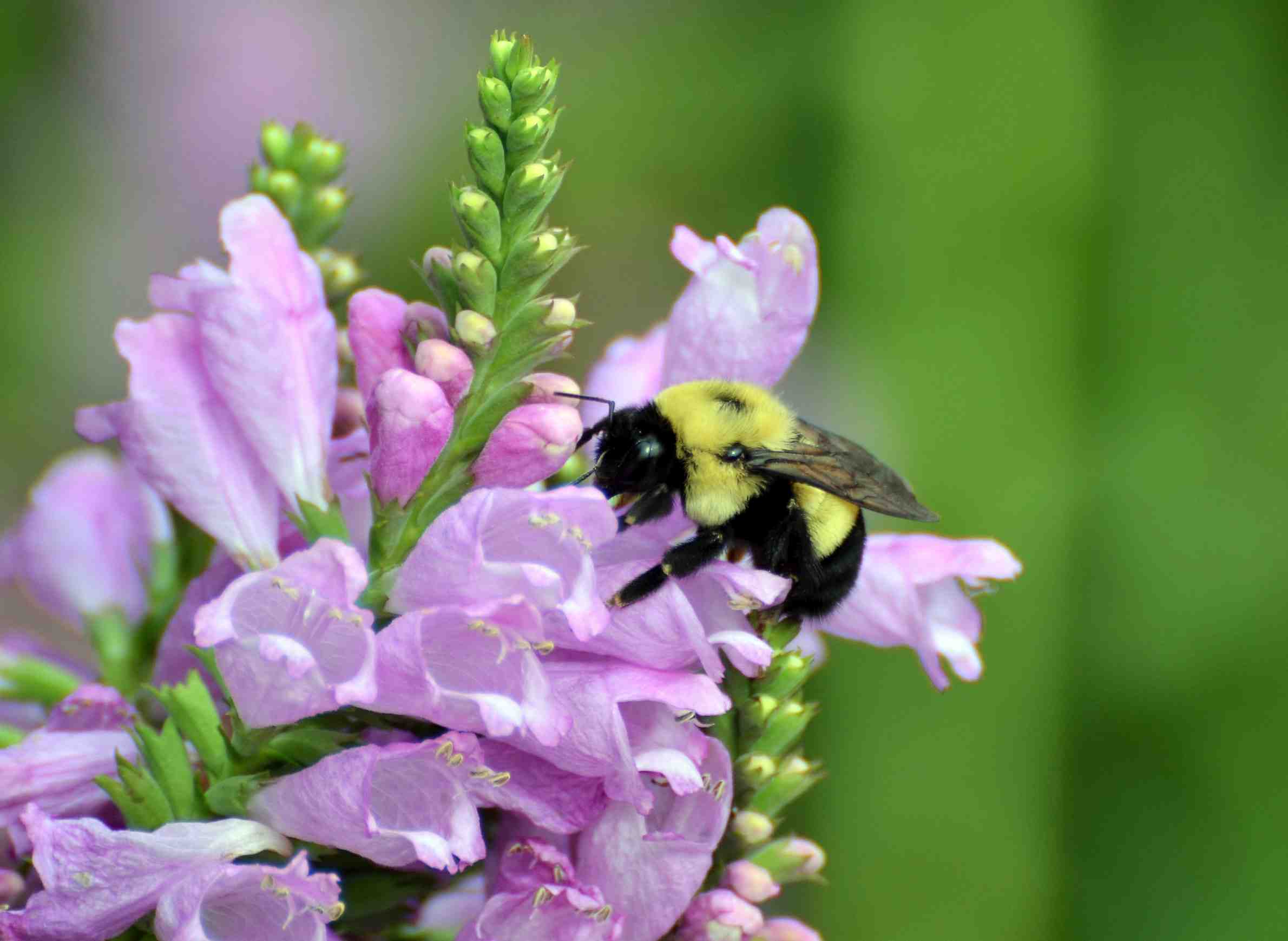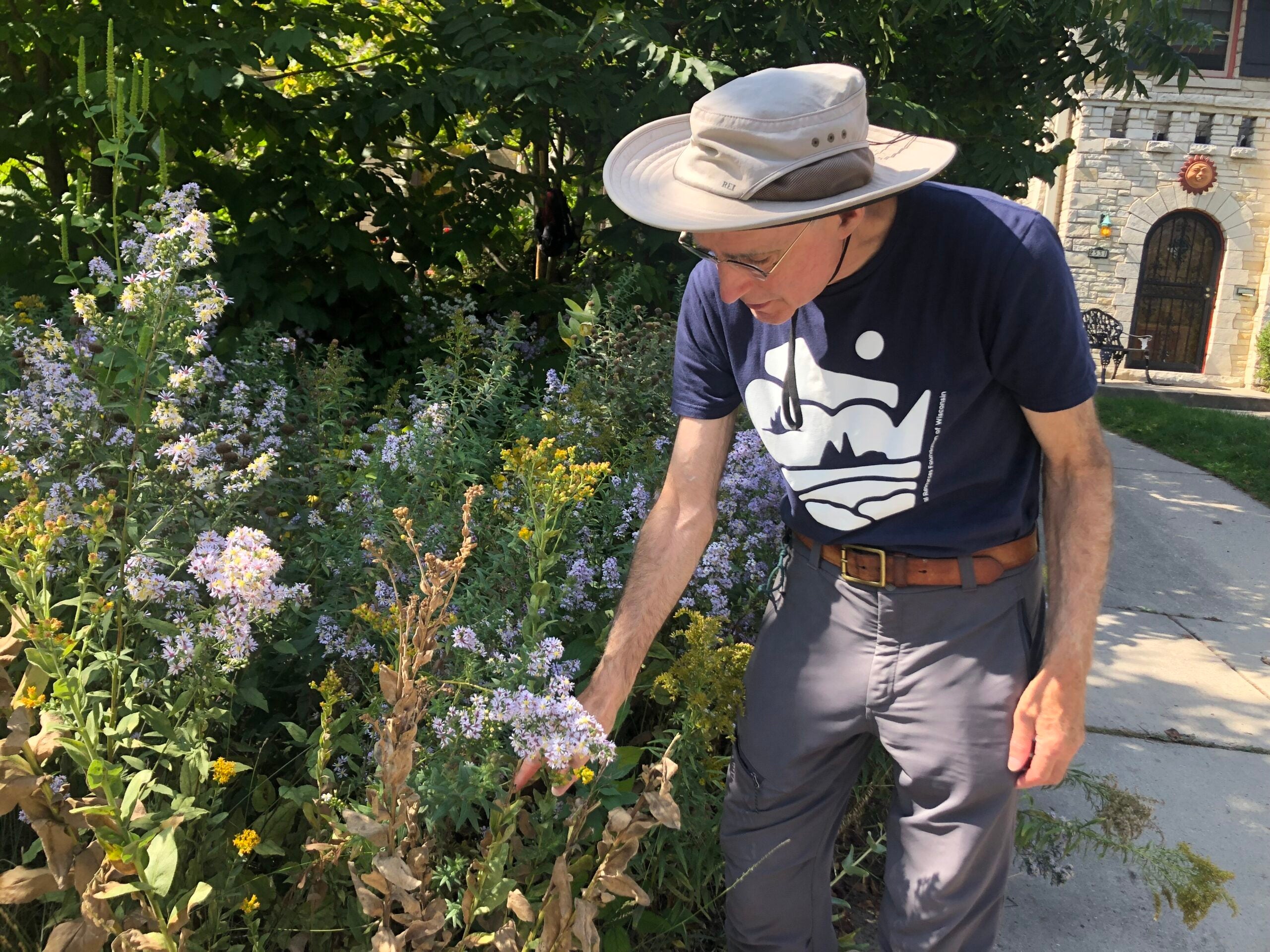Even though winter is not quite over, it’s a great time to think about preparing for successful native plantings.
Featured in this Show
-
Wait For Dormancy To Divide, Move Native Plants
When it comes to gardens, many people try to position plants so that they fill the space well right from the start. But after a while, a plant may get crowded or a gardener might decide that there’s a more attractive spot for it — meaning it might be a good time to relocate.
Neil Diboll is the president of Prairie Nursery, a plant nursery specializing in native plants that’s located in the central Wisconsin village of Westfield. He said that with some basic knowledge and good timing, most natives can be moved without too much trouble.
“The general rule of thumb when moving plants is to move them when they’re dormant. That’s the safest method with almost every species,” Diboll said.
With that in mind, Diboll said, the two windows of opportunity are late fall and early spring. In the fall, the location of the soon-to-be-repositioned plant is likely easy to remember or figure out. However, that’s not necessarily the case in the spring, said Diboll.
“Grasses tend to have some telltale remnant vegetation, so you can find them the next year. But a lot of your flowers, the stems fall down or the leaves just kind of melt away. And then you’re saying, ‘I wanted to divide that this spring but I don’t remember where it is!’” Diboll said.
To address that problem, Diboll recommends marking or flagging the plants in the fall that you plan to move in the spring. The name of the plant or some kind of code can make up for a lapse in memory or a hard time locating the plant.
Diboll said that grasses are the easiest to divide or move because most of the native grasses are clumping or sod-forming varieties, “so you can get a big hunk of it to divide it,” he said.
Other grasses spread by rhizomes and runners. Diboll said that for those species, it’s important to get 6 to 12 inches of the runner to produce a new plant.
Diboll said that conventional wisdom is to divide grasses in the spring, but he personally has had good success in the fall as well, providing that the plant is fully dormant.
Not surprisingly, early blooming spring native flowers are best divided in the fall. Diboll said that some go dormant as early as August and can be divided or moved then. Many of the woodland plants fall into the category of fall division, he added.
Some native plants are not good candidates to move and are not divisible. Diboll said that those with long taproots — like wild indigo, compass plant and butterfly weed — fall into that category.
“Always put them where you want them, because once they become mature you’re going to need a backhoe to get them out of there and you’re probably going to kill them in the process, unless you can literally get about 3 or 4 feet of the root. And most people are not going to be able to do that,” Diboll said.
Doboll will be presenting at the Gardening Northwoods Style event in Lac du Flambeau on March 14 and at the Prairie Enthusiasts conference in Stevens Point on March 21.
Episode Credits
- Larry Meiller Host
- Judith Siers-Poisson Producer
Wisconsin Public Radio, © Copyright 2024, Board of Regents of the University of Wisconsin System and Wisconsin Educational Communications Board.


